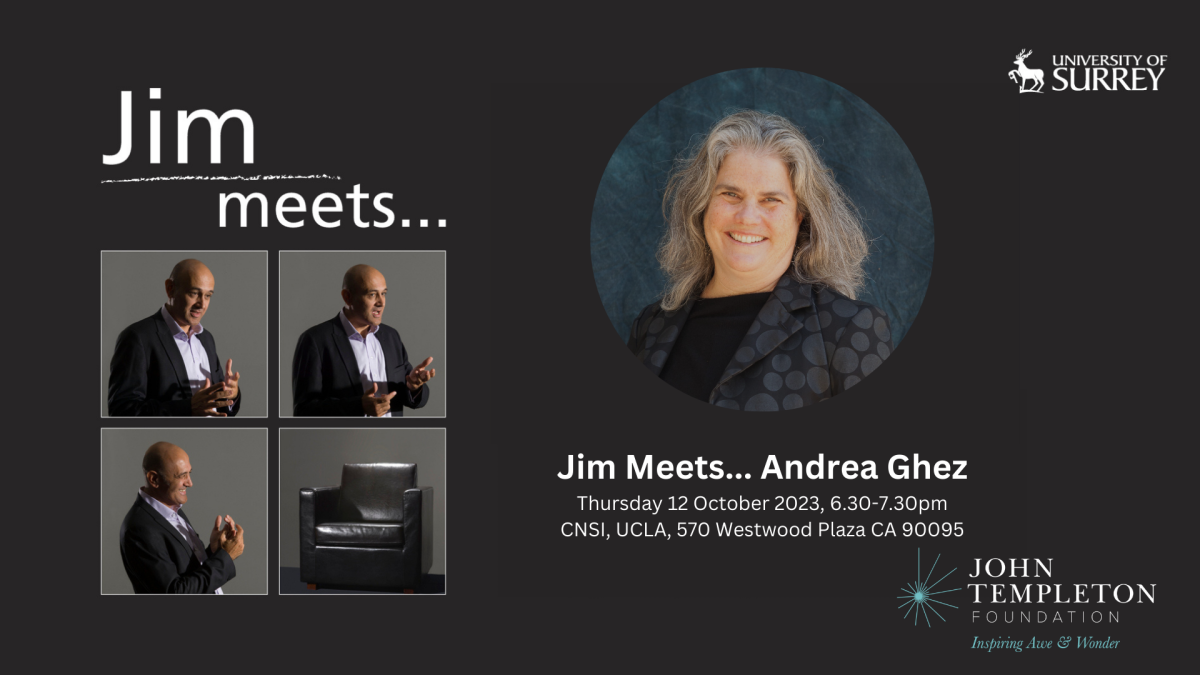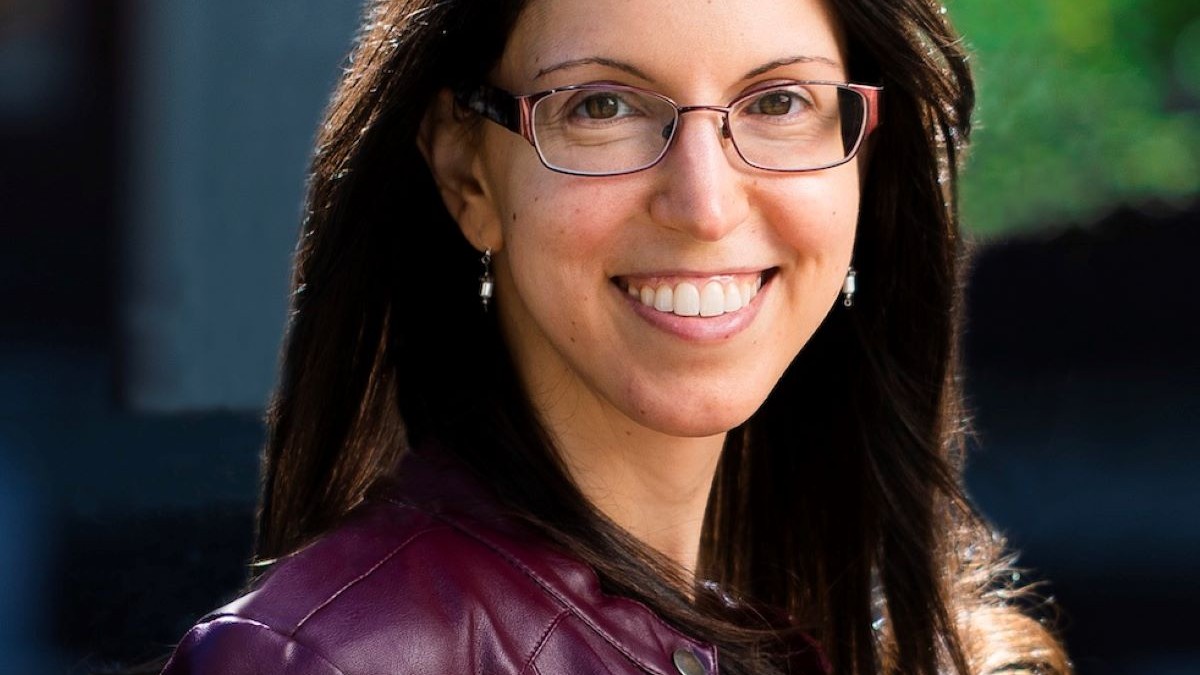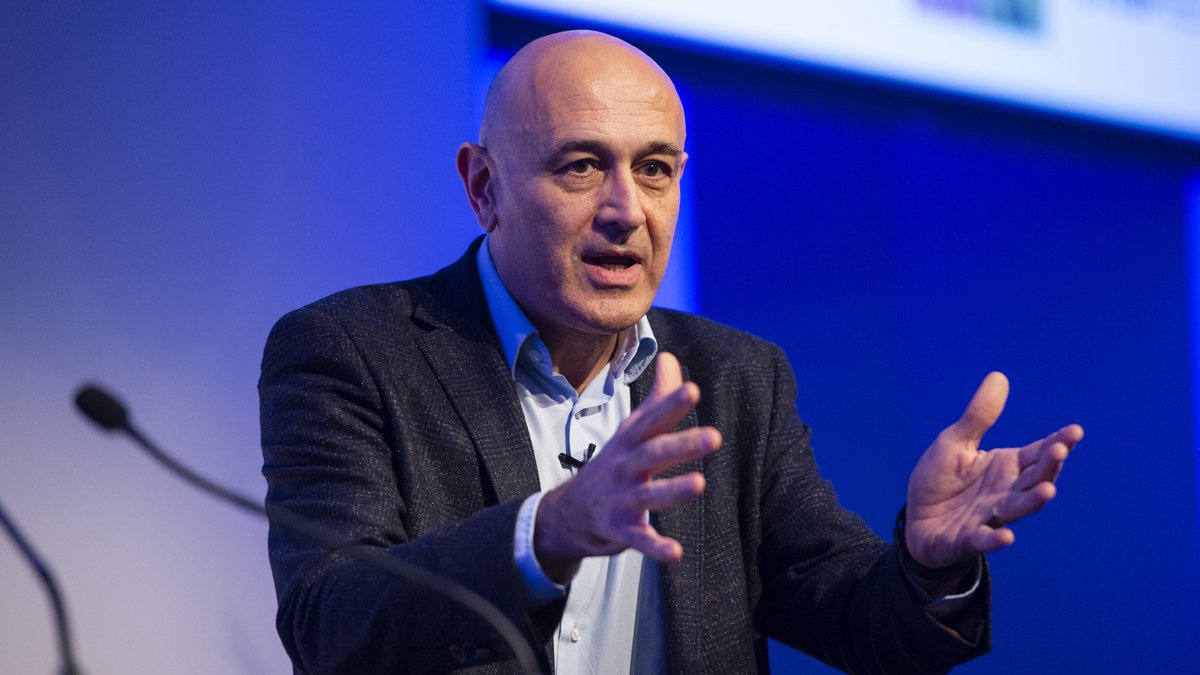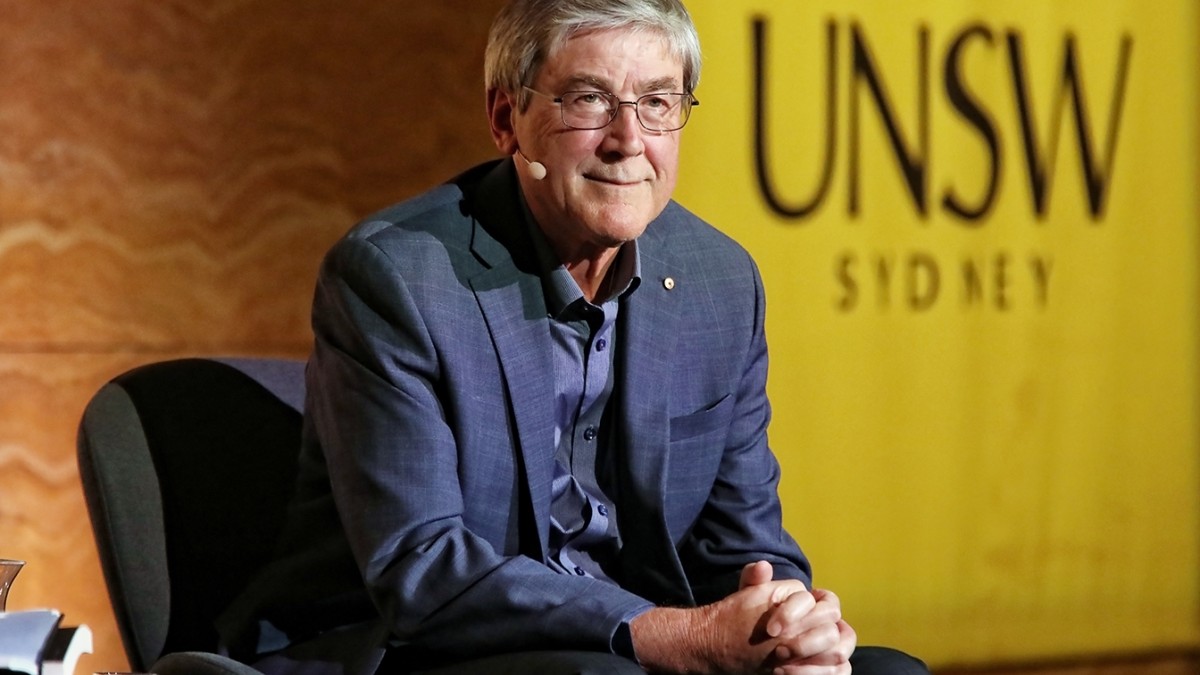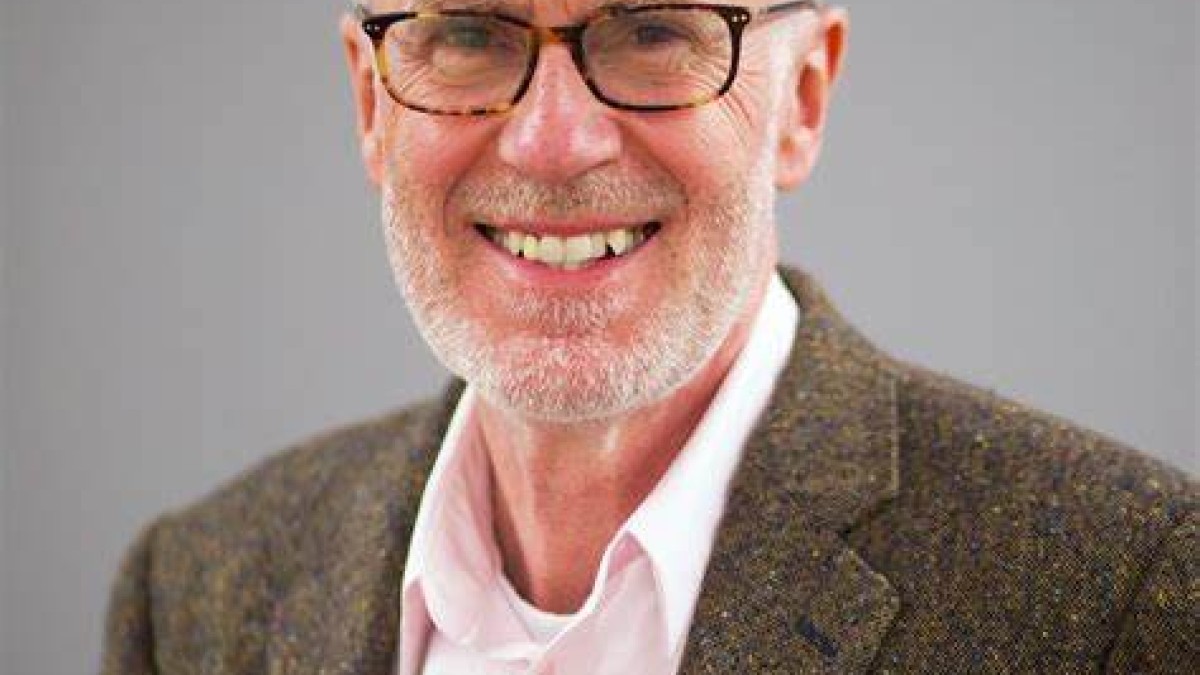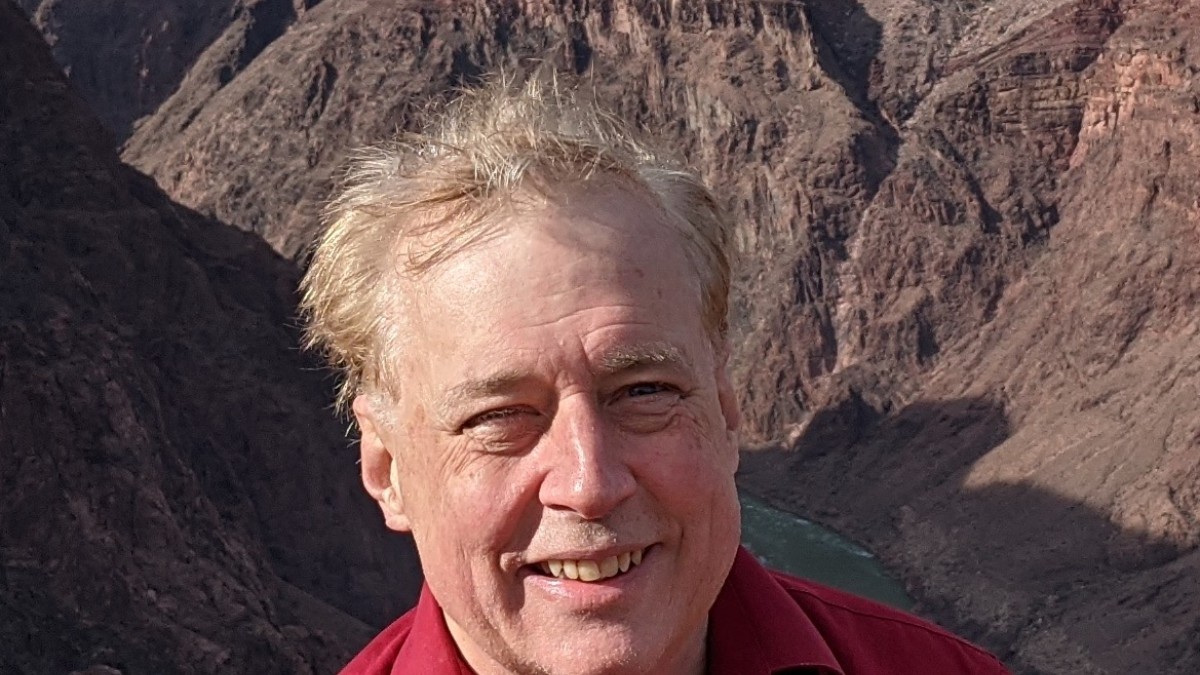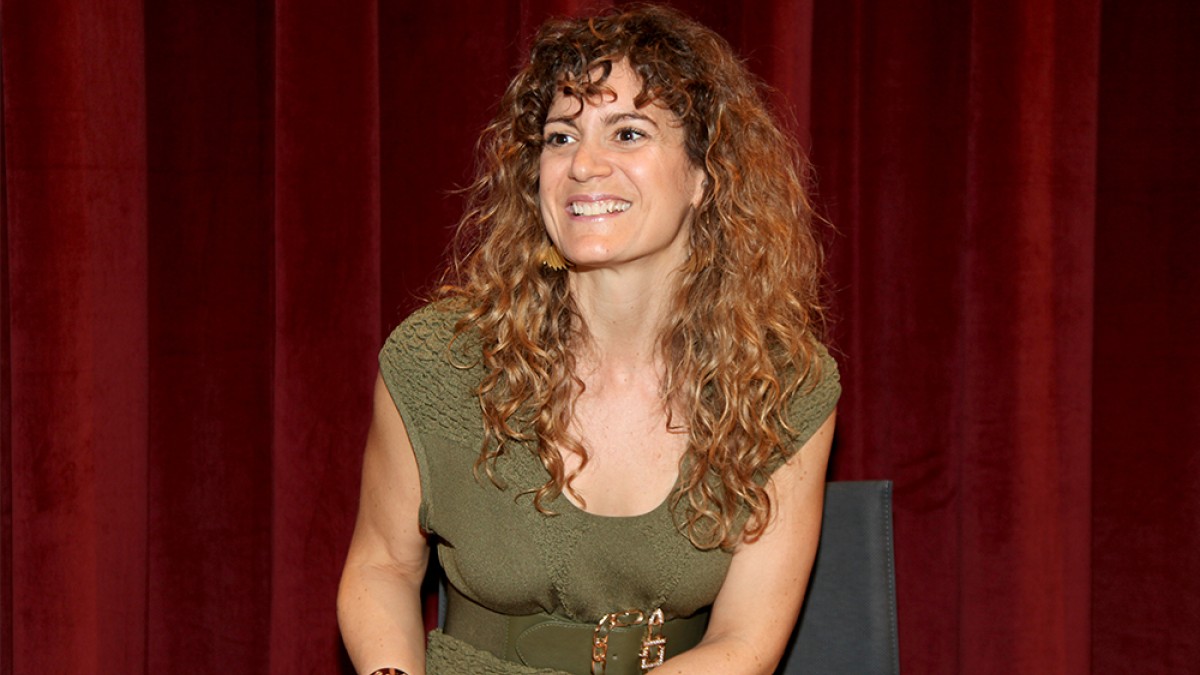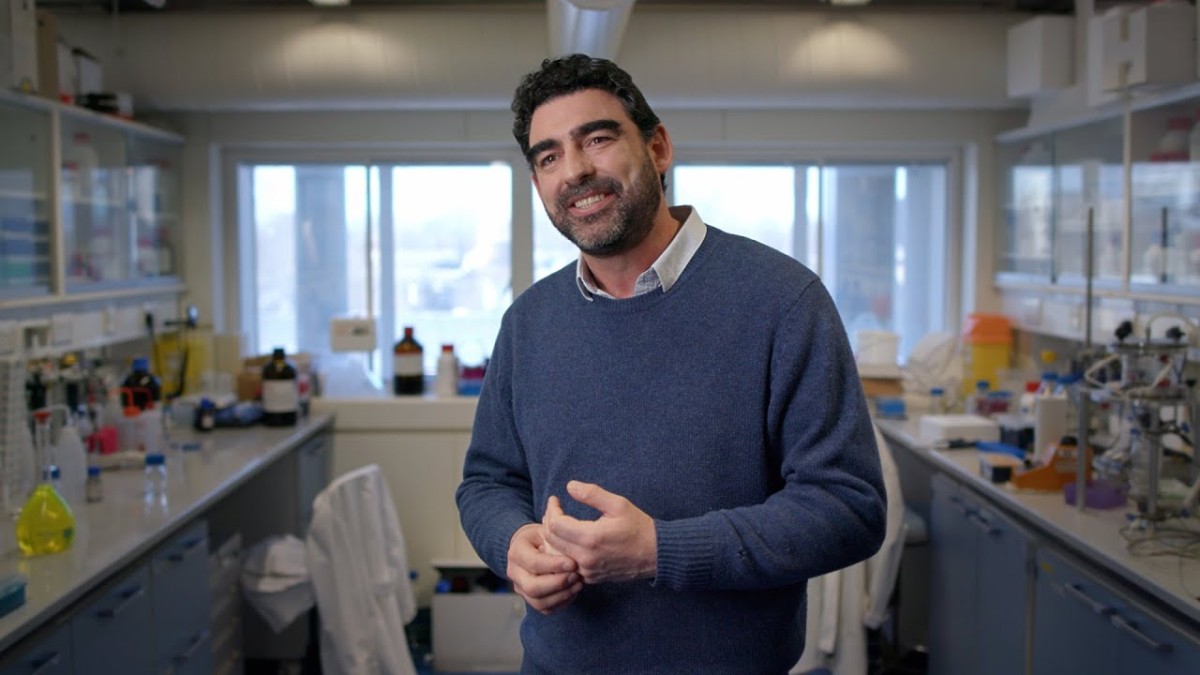1pm - 8pm Pacific Daylight Time (UTC-8)
Thursday 12 October 2023
From physics to Life
As part of the John Templeton Foundation funded research project, we welcome you to join us on 12 October at the California NanoSystems Institute on the UCLA campus.
From Physics to Life is a series of public talks by world leading scientists, followed by a panel debate on the origin of life.
Topics include: Are we alone in the Universe? Does life need quantum mechanics? Quantum steampunk and Why is the Universe just right for life?
The main event ‘From black holes to the Nobel Prize - Jim meets.. Andrea Ghez’ will take place in the evening, 6.30pm - 8pm PDT. PLEASE NOTE: THERE IS A SEPERATE BOOKING LINK FOR THIS EVENT
Free
570 Westwood Plaza
University of California Los Angeles (UCLA)
Los Angeles
CA 90095
This event has passed
Please note: this event is taking place at the University of California, Los Angeles
The Jim meets...Andrea Ghez event is a separate event and booking for this needs to be made via the following link
LOCATION
California NanoSystems Institute, 570 Westwood Plaza, Building 114, Los Angeles, CA 90095. CNSI is located within UCLA’s Court of Sciences.
PARKING
Non-UCLA staff & students, travelling by car to the event, should park in the visitor parking structures – parking structures 2 & 8. Please note, visitors will need to purchase a parking permit at the designated pay stations or using the ParkMobile app. Please visit the transport page for further details on where to park & download the UCLA Map.
If you require a disabled parking space, please email please email CNSI directly at mmangoba@cnsi.ucla.edu who will be happy to arrange this for you.
| TIME | ACTIVITY |
|---|---|
| 13.00 - 14.00 | Quantum Steampunk Dr Nicole Yunger Halpern |
| 14.00 - 15.00 | Does Life Need Quantum Mechanics? Professor Jim Al-Khalili |
| 15.00 - 15.15 | Break |
| 15.15 - 16.15 | The Goldilocks Enigma: why is the universe just right for life? Professor Paul Davies |
| 16.15 - 16.30 | Break |
| 16.30 - 17.45 | Topic: Is life unique to earth? Chair: Professor Jonhnjoe McFadden Panellists: Professor Paul Davies, Professor Steven Benner, Professor Sara Walker, Professor Nick Lane |
| 17.45 | Opportunity to meet our speakers & have your booked signed. Books will be available to purchase. |
Quantum Steampunk
A genre of science fiction is coming to life at the intersection of energy science,
quantum physics, and information science. Steampunk literature and film
juxtaposes futuristic technologies with Victorian settings. Automata, dirigibles, and
time machines populate Sherlock Holmes’s London; the American Wild, Wild
West; and Meiji Japan. Outside of fiction, technology has advanced far beyond the
steam engine to quantum computers, which will be able to solve certain problems
far more quickly even than supercomputers can. Quantum computing has melded
with energy science, which dates to the Victorian era, in an emerging field that I’ve
dubbed quantum steampunk. Can quantum phenomena benefit engines as they
benefit computation? How would a quantum engine, refrigerator, or battery look?
What fundamental insights can we gain by scrutinizing time’s arrow more and
more minutely? I will discuss this real-world science fiction, covered in my book
for the general public Quantum Steampunk: The Physics of Yesterday’s Tomorrow.
Does Life Need Quantum Mechanics?
Physicists and chemists are used to dealing with quantum mechanics, but biologists have thus far got away without having to worry about this strange yet powerful theory of the subatomic world. However, times are changing. There is now solid evidence that enzymes, those metabolic workhorses that drive much of the action in our cells, use the process known as quantum tunnelling to accelerate chemical reactions. And over the past few years it has emerged that plants and bacteria may use a quantum trick in photosynthesis – sending lumps of sunlight energy in multiple directions at once. It even appears that some animals have the ability to use quantum entanglement – what Einstein called “spooky action at a distance” – as a compass to ‘see’ the earth’s magnetic field. Welcome to the exciting new field of Quantum Biology.
The Goldilocks Enigma: why is the universe just right for life?
The universe looks to be suspiciously rigged in favor of life. Slight changes in the big bang or the laws of physics would be lethal. What is the explanation for this remarkable bio-friendliness? Is it a fix? Is there a hidden ‘life principle’ at work in fundamental physics? Or are there many different universes in a vast cosmic lottery, from which ours hit the habitability jackpot?
Is Life Unique to Earth?
Recent astronomical data suggests that our galaxy should be teeming with planets suitable for life but, so far at least, we have found no solid evidence for life anywhere but on planet Earth. Are we alone? Does it matter? If we do find life elsewhere, will it be anything like here on Earth? What are the chances of life emerging on other planets? How long is life likely to last on any planet? Early NASA Mars missions looked for life on the Red Planet and found tantalising data that was at least compatible with Martian life, but was never followed up. Should the search for life on Mars be NASA’s highest scientific priority because of its momentous implications?
Separate Event - Separate booking Required
| TIME | JIM MEETS...ANDREA GHEZ |
|---|---|
| 18.30 - 20.00 | 1 hour in conversation event followed by 30 minutes Q&A Please note: this event is a separate event and booking for this is required via a separate booking link
From black holes to the Nobel Prize - Jim meets.. Andrea Ghez |
From black holes to the Nobel Prize - Jim meets.. Andrea Ghez
To register for this event, please use the booking link.
